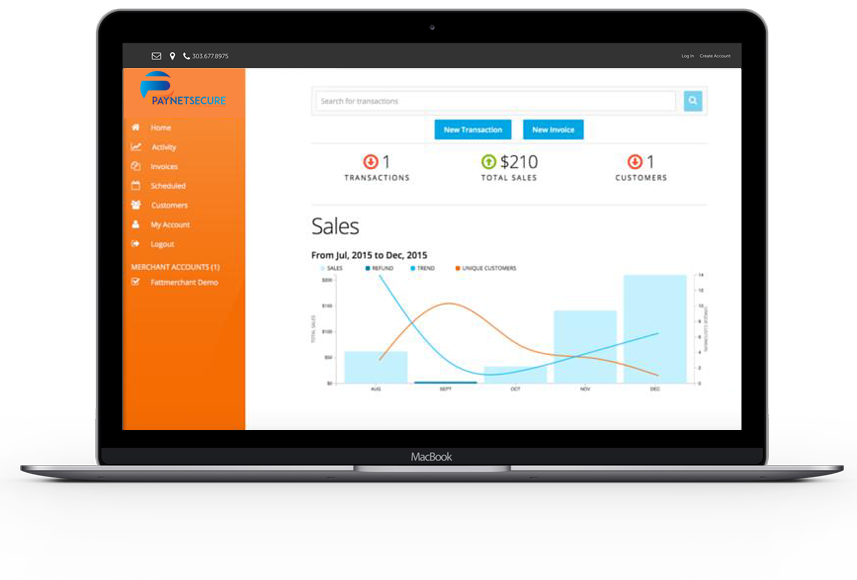There are good reasons Amazon and other leading ecommerce companies are targeting Brazilian customers.
Brazil experienced a 29% increase in ecommerce in 2012. And 2013 is poised to be another record year, with 25% growth and revenues topping $14.3 billion.
Brazil is the 5th largest global internet market. Low unemployment rates, increasing wages, and a rapidly developing middle class of almost 100 million people are driving the desire for goods and services.
Brazil accounts for about 62% of total e-commerce sales in Central & South America region. Brazilians are web-savvy and comfortable shopping online.
As with all expansion into emerging markets, international payments specific to the country are vital to maximizing sales.
International Payments: Brazil
There are two primary ecommerce payment methods in Brazil: Boleto Bancarios and bank cards.
Boleto Bancarios. These are bank transfers that can be done either through online banking or offline where the buyer can go to any bank to complete the transaction. Similar to a cash transaction, funds are guaranteed and there are no chargebacks.
Online bank transfers are increasingly popular for ecommerce merchants. At checkout, buyers select to pay with online bank transfers. Customers chose their bank and are redirected to the bank site to log in.
Buyers immediately see the details of the purchase and authorize the payment. Buyers are automatically redirected back to the merchant website.
Merchants are notified that the payment has been made. Merchants can then fulfill the order. Customers are emailed confirmation of order and payment.
Card Payments. The main cards in Brazil are Visa and Mastercard, followed by Hipercard, Diners Club and American Express.
Many of the cards issued in Brazil can only be used for transactions inside of the country. Therefore, merchants need to establish accounts directly with a Brazilian acquiring bank in order to maximize card sales.
Credit card installment plans are popular in Brazil because many cards have low credit limits. Installment plans allow buyers to finance purchases with partial payments made over a period of time. More than 50% of all ecommerce transactions in Brazil are based on installment plans.
Brazil offers tremendous opportunities to merchants who are seeking to increase profits through international expansion of markets. The 2013 Confederation Cup and the 2014 Soccer World Cup in Brazil are sure to draw even more attention to the country.
Are you interested in targeting the lucrative Brazilian ecommerce market?
